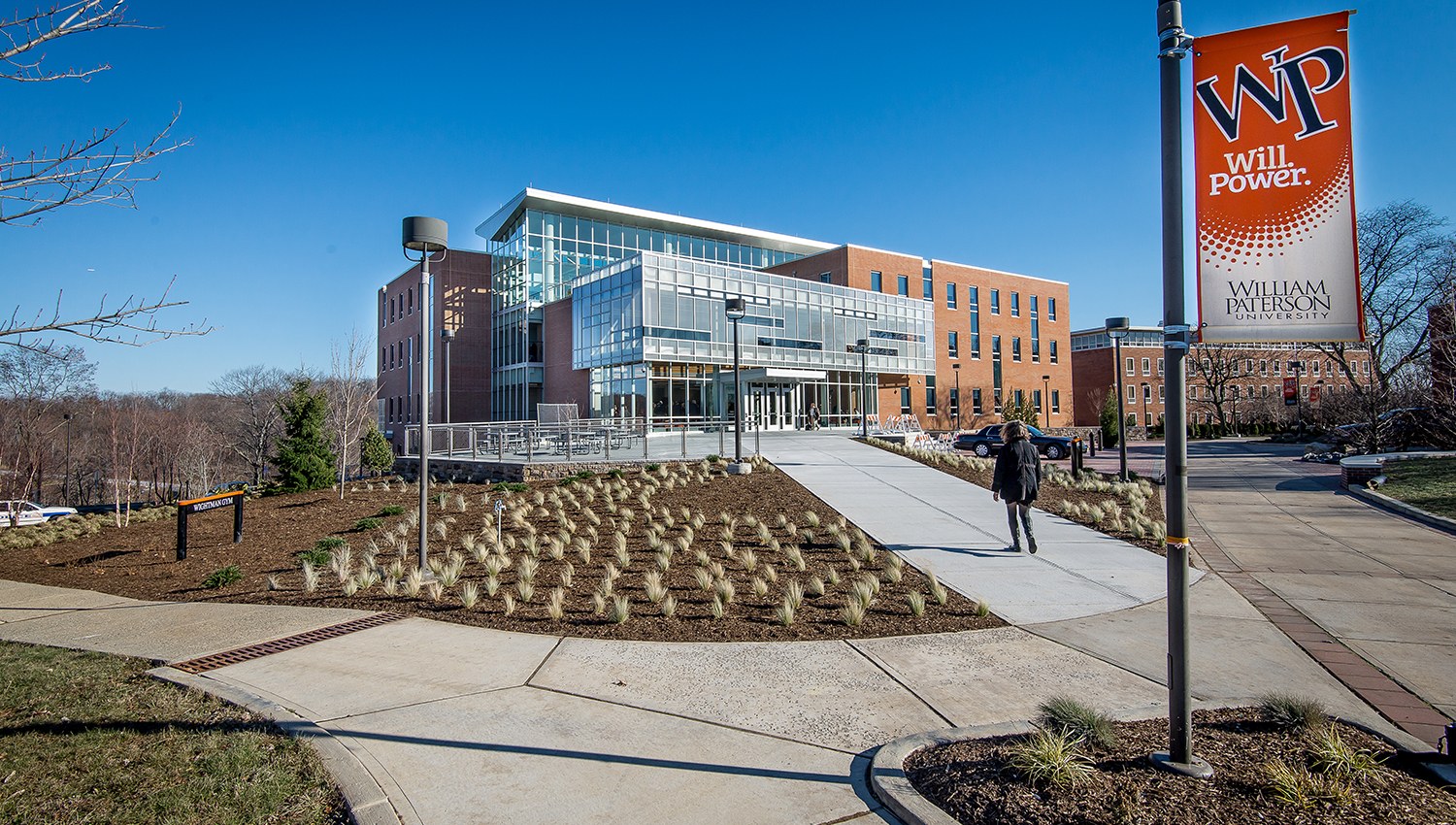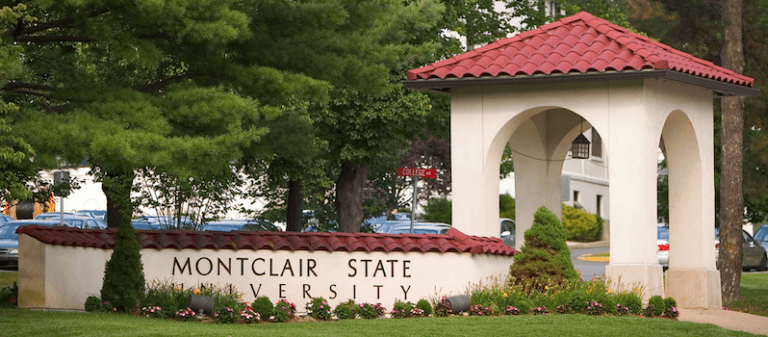William Paterson University professors spoke March 5 during the WPU board of trustees meeting in support of jobs and programs that are in danger of being eliminated, and they also explained what would result from those losses.
Here are excerpts from select speakers:
Dr. Danielle Wallace: “This academic year, William Paterson has been faced with a significant fiscal hurdle. In an attempt to address that hurdle, the administration has made decisions designed to cut costs, streamline and rectify matters they classify as problems. However, in doing so, shared governance has been overlooked, removing faculty voice and input from the decision-making process and often bypassing established bodies and councils … How can we justify rightsizing this university without shared governance? How can you determine what the right decision is and where your academic and curricular priorities should lie? How can those decisions be made without faculty and staff, who are working closest with our students?”
Dr. Nadine Aktan: “Our economic struggles at WPU began long before COVID-19’s impact one year ago this March. … For the upcoming academic year, AFT members voted to support a variety of initiatives with one intent: to save jobs. To me, these actions speak louder than my words. … Some of our WPU colleagues represent programs where the direct link between the courses they teach and the job market is not readily apparent to working-class students and their families. We can do better at restructuring programs to make the relationship between skill set and the market more relevant, visible and easily understood. The high acceptance rate at WPU means that we have large numbers of at-risk students who need attention and support. This equates to our students needing more, not less, from their dedicated faculty and staff.”
Dr. Claudia Goldstein: “The students at William Paterson are not blasé — they absolutely rock. … We are invested in our students; we care about them and their welfare. We root for them to succeed, and we keep in touch with them after they graduate. Without the support of faculty and staff who believe in them and want them to succeed, students will leave.”
Dr. Sean Wilson: “Many of our students at WPU face immense odds, navigating structural inequality while pursuing an education that will empower their families and communities. … Here at WPU, many faculty members and staff are similarly committed to educating and empowering first-generation students of color who come from similar backgrounds as I. Thus, I see the elimination of jobs here at WPU as a social justice issue because cutting jobs can directly affect the quality of education that students of colors receive while here at WPU.”
Dr. Margaret Williams: “For more than 20 years, there has been a national crisis in higher education: an increase in management positions that prioritize market economies over teaching. … Folks responsible for economic stewardship have failed to take into account the expertise of those with student-facing roles who have dedicated their lives to the nuts and bolts of higher education. We are fighting not only for our jobs but also for maintaining equitable and wide-ranging programs and opportunities for all of our students.”
Dr. Tim Haresign / president of the Council of New Jersey State College Locals: “You are not the first state institution to face very difficult financial circumstances, but you are the first to resort to mass layoffs as the primary means for addressing those issues. Layoffs are unnecessary, inhumane and bad for the students we serve. Other institutions facing similar financial pressures have been able to reduce costs without resorting to layoffs. A public and bitter dispute over these layoffs, garnering national attention, is not good for the institution that we serve … The good news is that President [Richard J.] Helldobler and Dr. [Susanna] Tardi have been working intently and cooperatively to find ways to pare down the number of possible layoffs. I know that right before this meeting started, an agreement was finalized that will reduce the number of possible layoffs in June from 89 to 33.”




